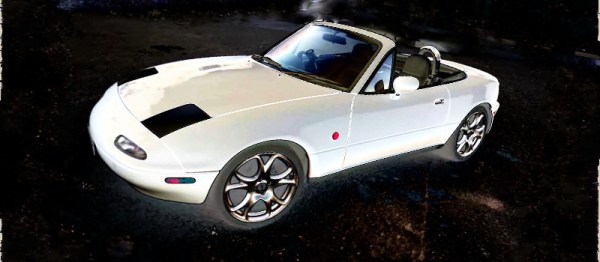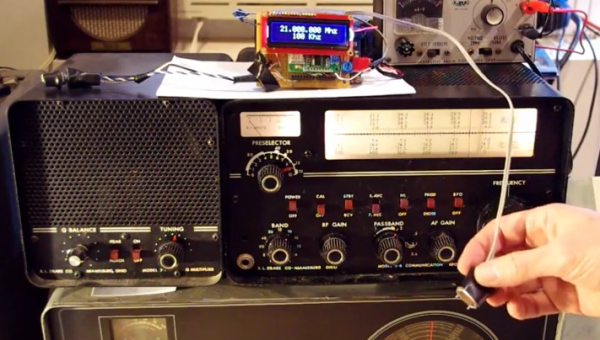I dig cars, and I do car stuff. I started fairly late in life, though, and I’m only just starting to get into the whole modification thing. Now, as far as automobiles go, you can pretty much do anything you set your mind to – engine swaps, drivetrain conversions, you name it – it’s been done. But such jobs require a high level of fabrication skill, automotive knowledge, and often a fully stocked machine shop to match. Those of us new to the scene tend to start a little bit smaller.
So where does one begin? Well, there’s a huge realm of mods that can be done that are generally referred to as “bolt-ons”. This centers around the idea that the install process of the modification is as simple as following a basic set of instructions to unbolt the old hardware and bolt in the upgraded parts. Those that have tread this ground before me will be chuckling at this point – so rarely is a bolt-on ever just a bolt-on. As follows, the journey of my Mazda’s differential upgrade will bear this out.

It all started when I bought the car, back in December 2016. I’d just started writing for Hackaday and my humble Daihatsu had, unbeknownst to me, just breathed its last. I’d recently come to the realisation that I wasn’t getting any younger, and despite being obsessed with cars, I’d never actually owned a sports car or driven one in anger. It was time to change. Continue reading “Different Differentials & The Pitfalls Of The Easy Swap”


















